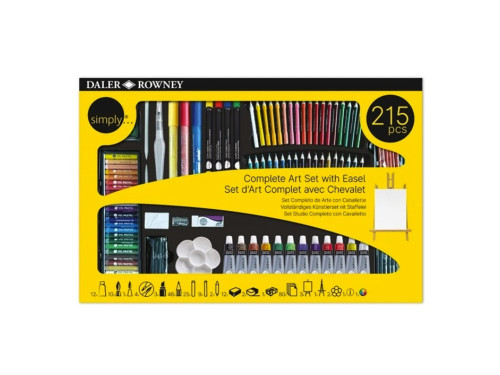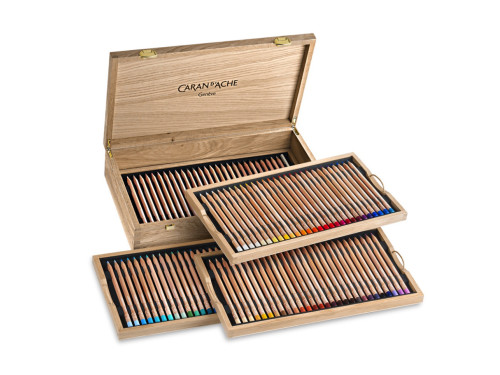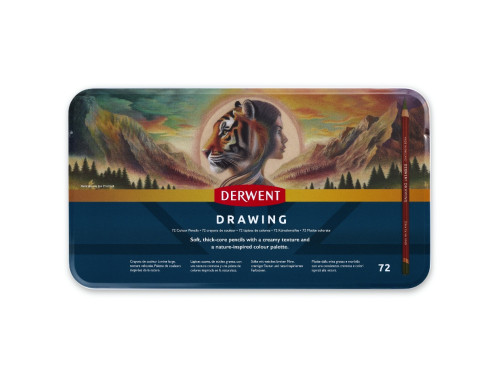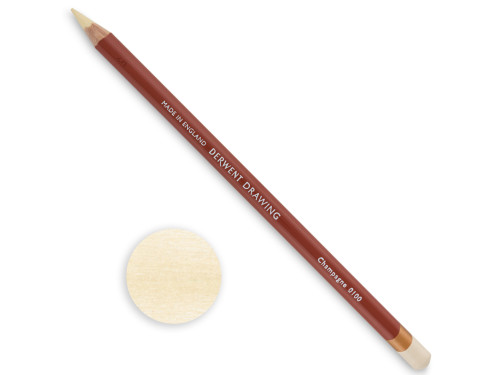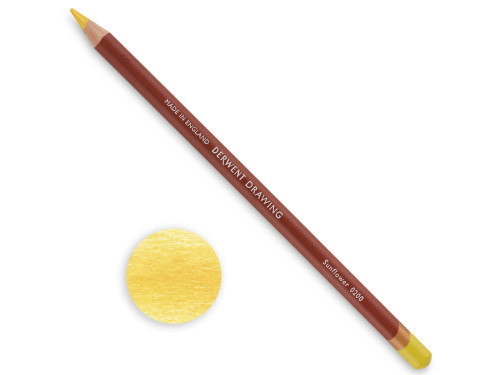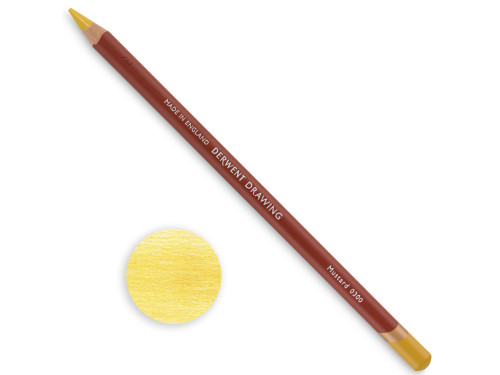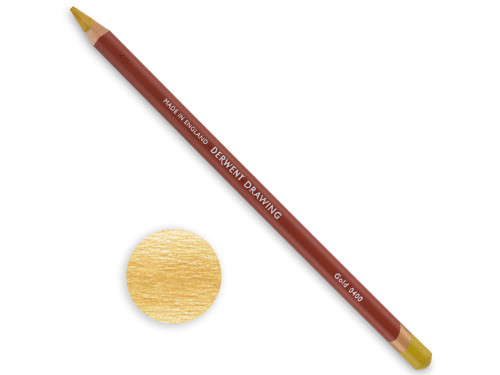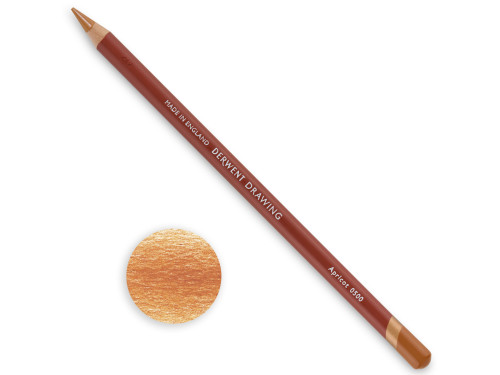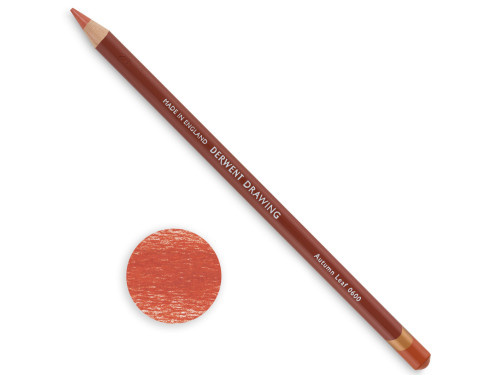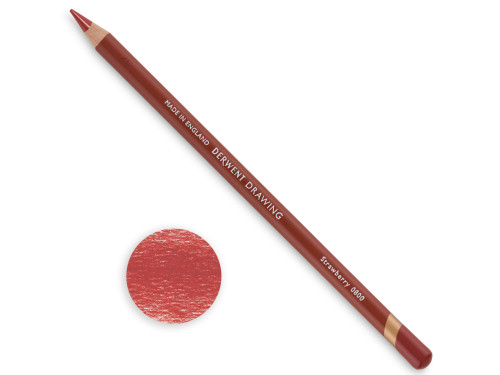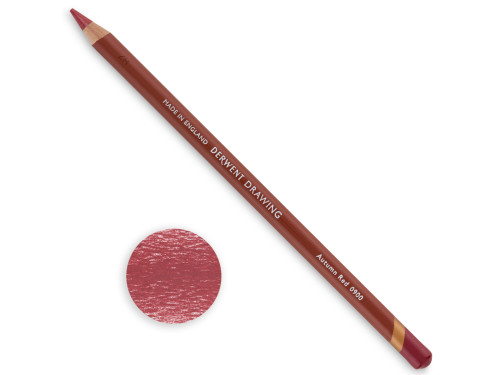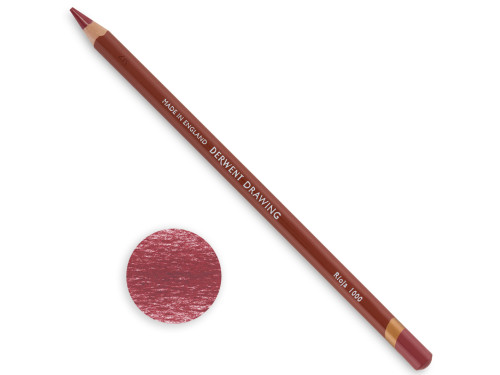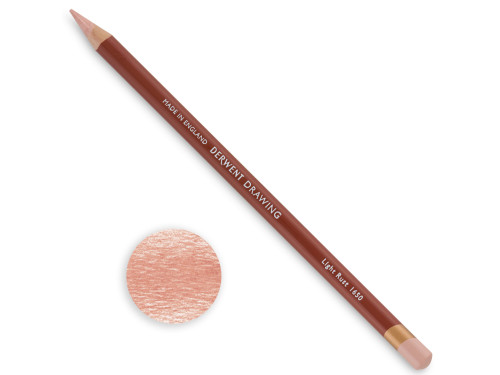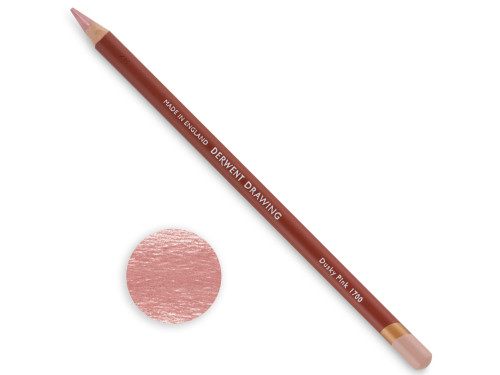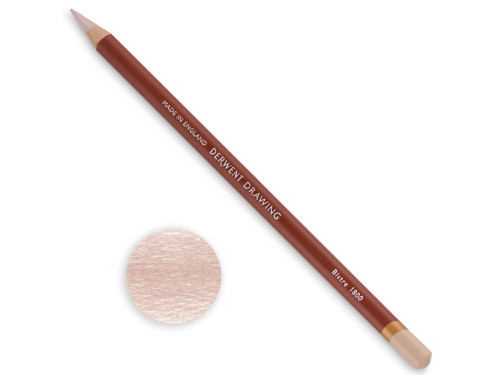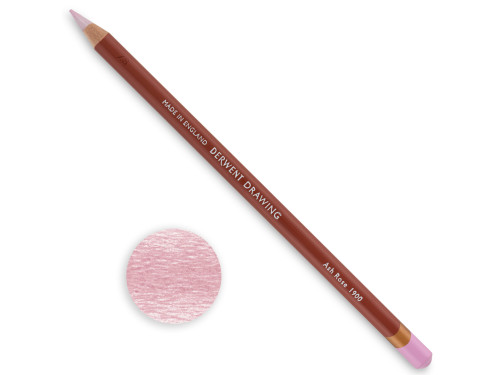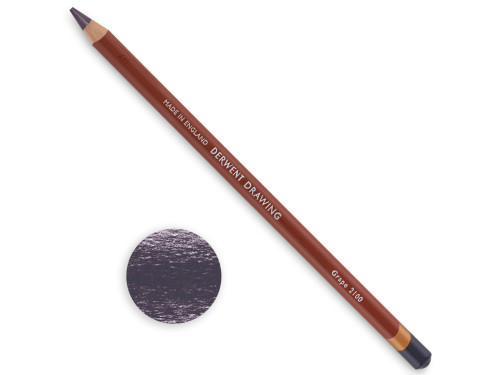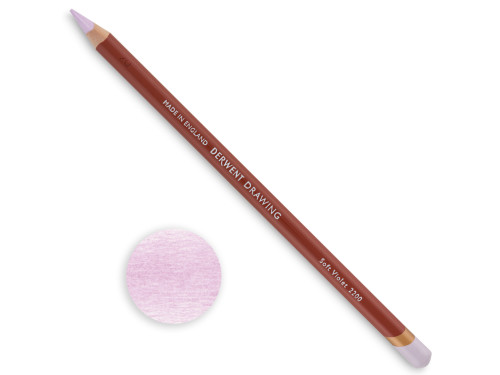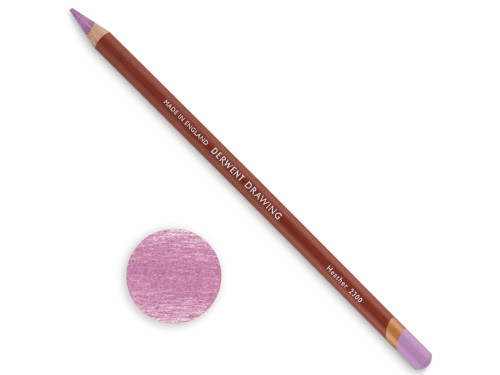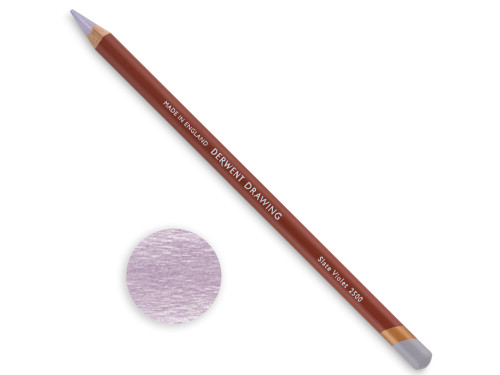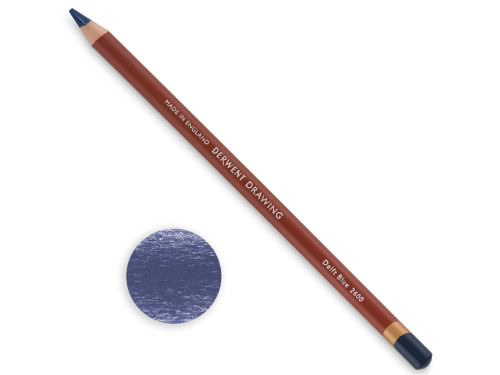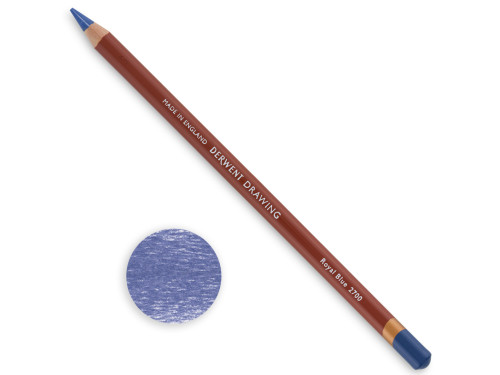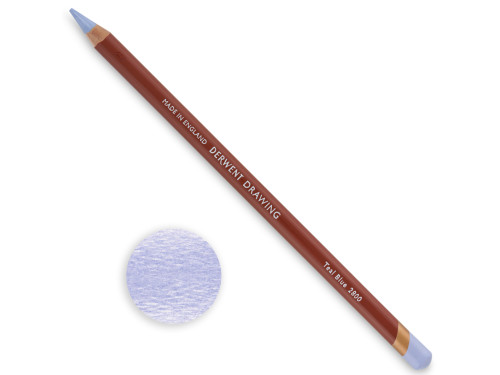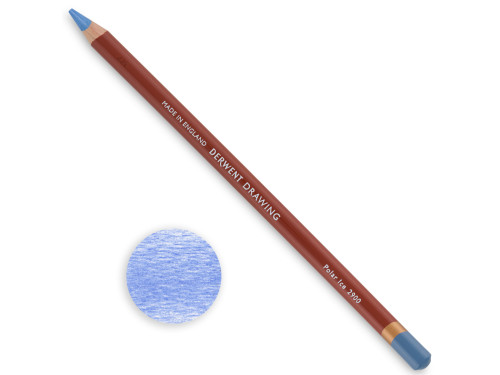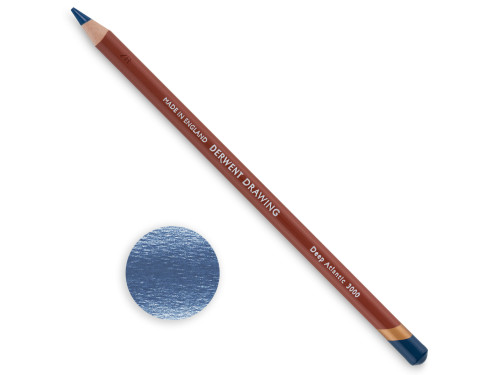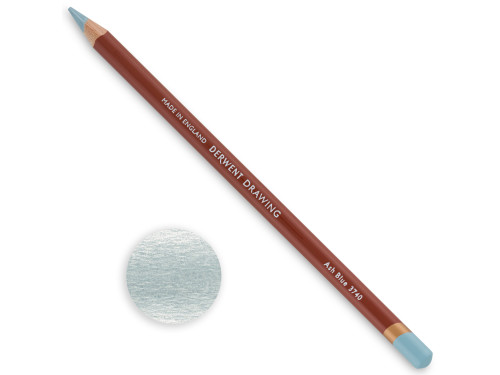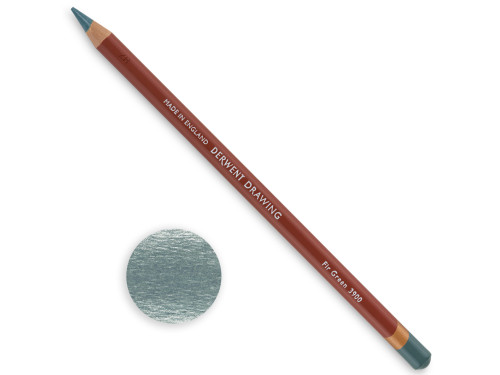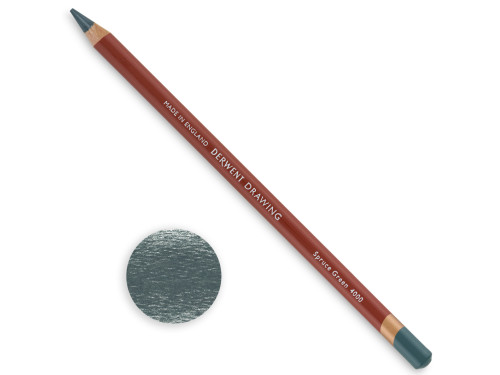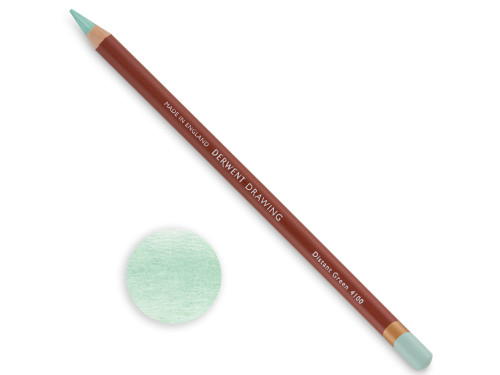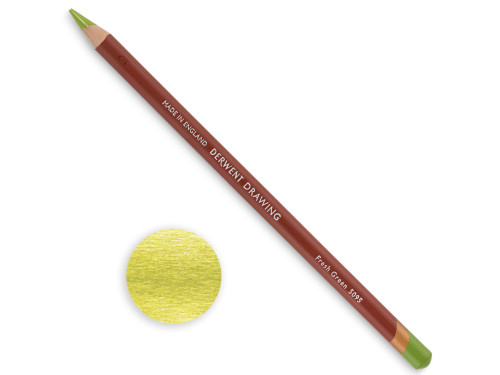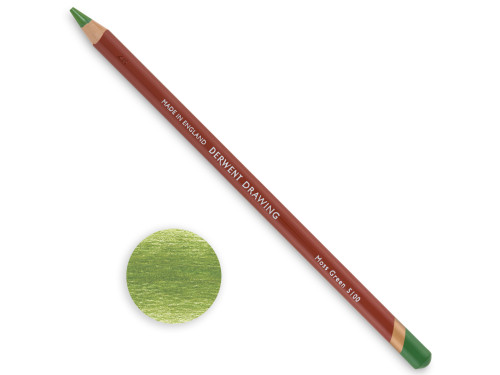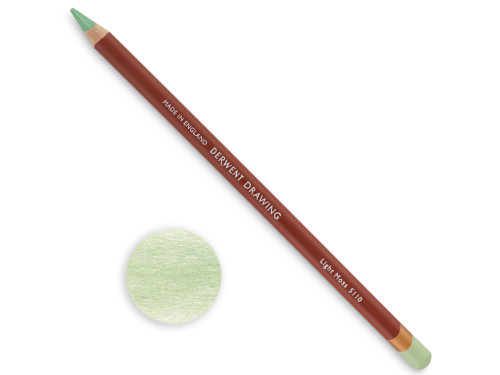Pencil crayons are the most popular and most frequently chosen type of crayons. They come in the form of a pencil - "graphite" is surrounded by a wooden or synthetic, wood-free handle. The most valued wood intended for the body of the colored pencils is cedar wood, although there are also hazel and beech crayons. The crayon holder wood is covered with oil or (most often) clear or colored varnish, which protects the crayons from damage.
The frames protect what is most important in the colored pencil - its core. The core of the crayon is usually colored charcoal. The proportions of charcoal, pigment and various binders and additives (e.g. gum arabic) determine the quality and properties of the crayons. The color intensity of the crayons, the durability of the graphite, the level of crayon abrasion, the hardness of the crayon, the pressure required to achieve a satisfactory effect or the behavior of the crayon on paper depends on them. Pencil crayons also differ due to the thickness of the graphite itself. Usually, the graphites of the crayons are within 3-4 mm in diameter. There are also jumbo and maxi crayons, the graphite of which has a diameter of 10 mm.
Due to the type of binder, pencils can be divided into wax and oil crayons. The use of a wax binder is more popular - crayons of this type are definitely softer, they mix and rub easily with each other. They are perfect for blending and covering large areas of the image. Unfortunately, when the stylus is very soft, it is very easy to damage it, and the painted contours can be easily smeared. Oil crayons are harder, which makes them perfect for creating hyper-realistic works rich in details. Once sharpened, they will retain their point for longer than their soft counterparts, and the hard stylus won't break that easily. Many artists combine both types of crayons in one work.
Due to the shape of the body, the crayons can be divided into the most popular round bodies (e.g. Prismacolor Soft Premier, Caran D'Ache Luminance or Faber-Castell Polychromos), hexagonal (hexagonal) (e.g. Caran d'Ache Prismalo, Prismacolor Col-erase) and triangular (Faber-Castell, Bruynzeel or Milan). Round crayons are the most classic type - they do not have defined edges. Triangular crayons are generally considered the most comfortable and are especially recommended for children who are just learning how to properly grasp their tools.
Pencil crayons are the most popular and most frequently chosen type of crayons. They come in the form of a pencil - "graphite" is surrounded by a wooden or synthetic, wood-free handle. The most valued wood intended for the body of the colored pencils is cedar wood, although there are also hazel and beech crayons. The crayon holder wood is covered with oil or (most often) clear or colored varnish, which protects the crayons from damage.
The frames protect what is most important in the colored pencil - its core. The core of the crayon is usually colored charcoal. The proportions of charcoal, pigment and various binders and additives (e.g. gum arabic) determine the quality and properties of the crayons. The color intensity of the crayons, the durability of the graphite, the level of crayon abrasion, the hardness of the crayon, the pressure required to achieve a satisfactory effect or the behavior of the crayon on paper depends on them. Pencil crayons also differ due to the thickness of the graphite itself. Usually, the graphites of the crayons are within 3-4 mm in diameter. There are also jumbo and maxi crayons, the graphite of which has a diameter of 10 mm.
Due to the type of binder, pencils can be divided into wax and oil crayons. The use of a wax binder is more popular - crayons of this type are definitely softer, they mix and rub easily with each other. They are perfect for blending and covering large areas of the image. Unfortunately, when the stylus is very soft, it is very easy to damage it, and the painted contours can be easily smeared. Oil crayons are harder, which makes them perfect for creating hyper-realistic works rich in details. Once sharpened, they will retain their point for longer than their soft counterparts, and the hard stylus won't break that easily. Many artists combine both types of crayons in one work.
Due to the shape of the body, the crayons can be divided into the most popular round bodies (e.g. Prismacolor Soft Premier, Caran D'Ache Luminance or Faber-Castell Polychromos), hexagonal (hexagonal) (e.g. Caran d'Ache Prismalo, Prismacolor Col-erase) and triangular (Faber-Castell, Bruynzeel or Milan). Round crayons are the most classic type - they do not have defined edges. Triangular crayons are generally considered the most comfortable and are especially recommended for children who are just learning how to properly grasp their tools.

